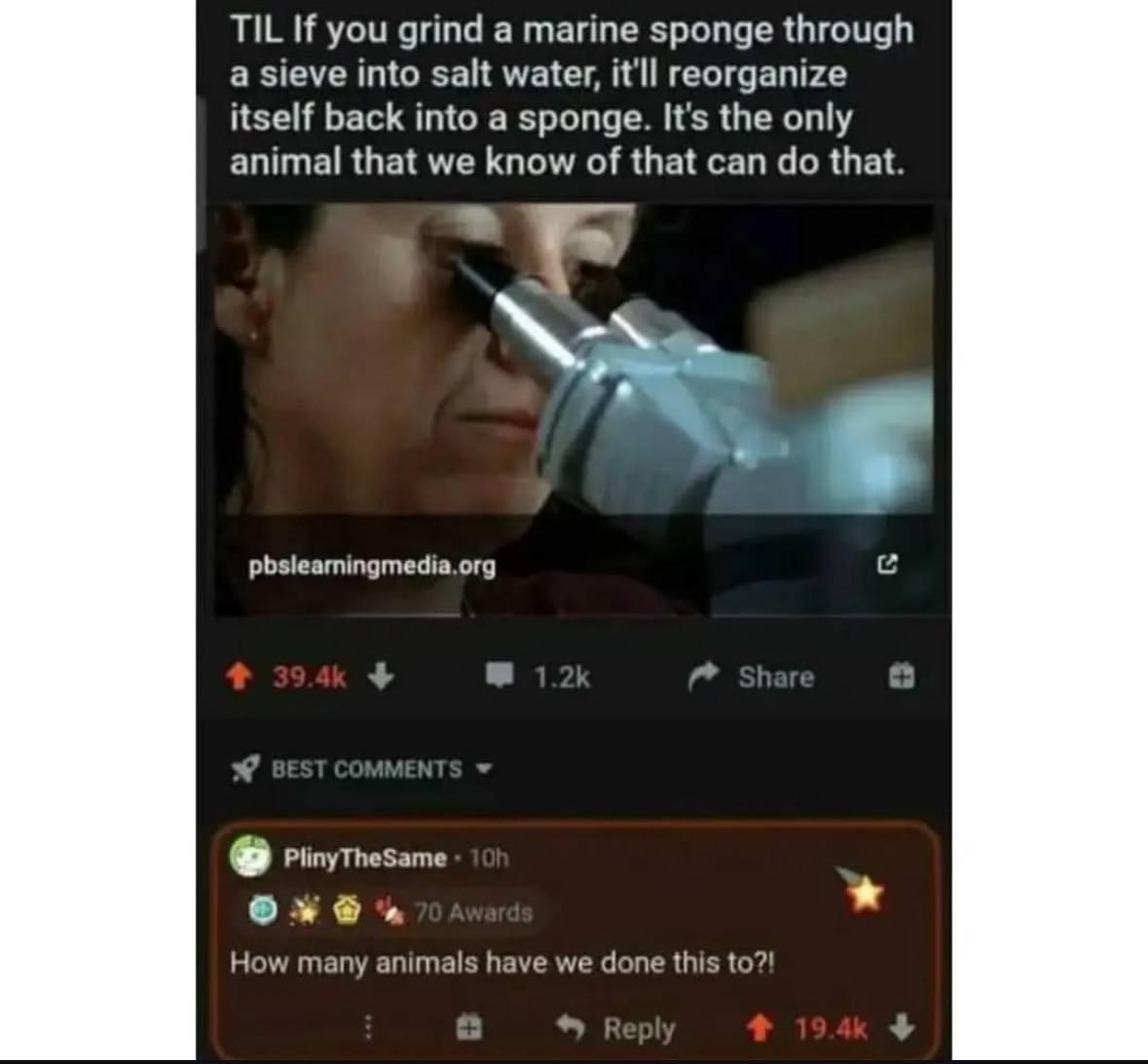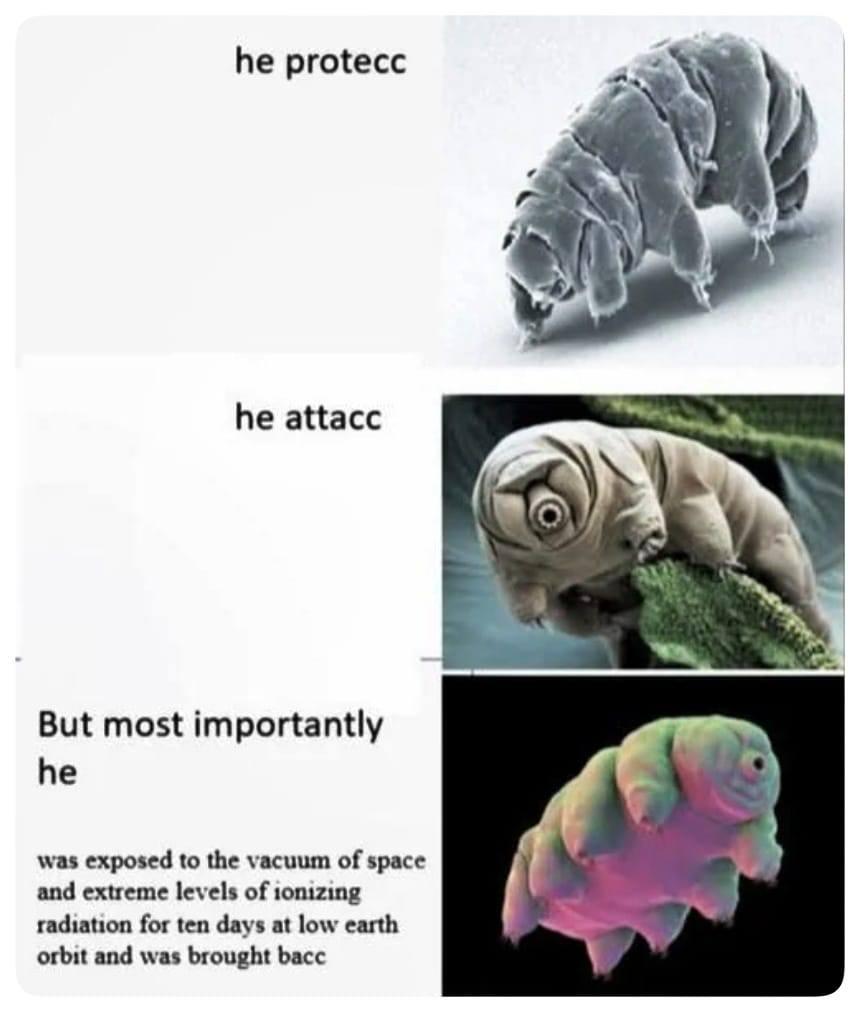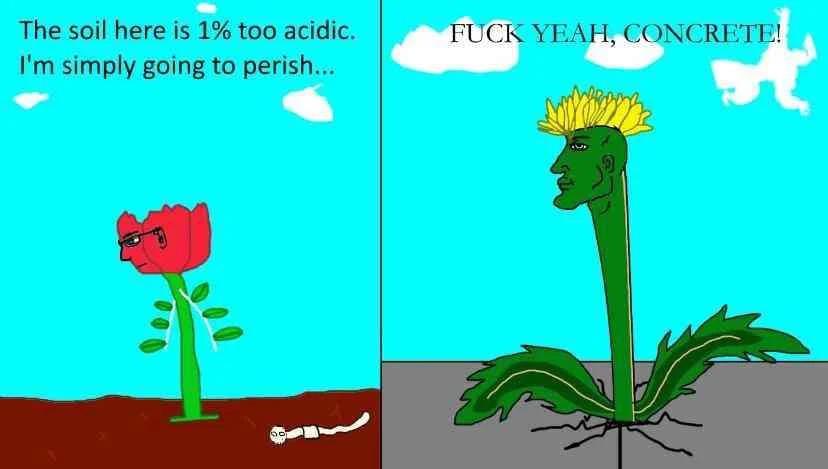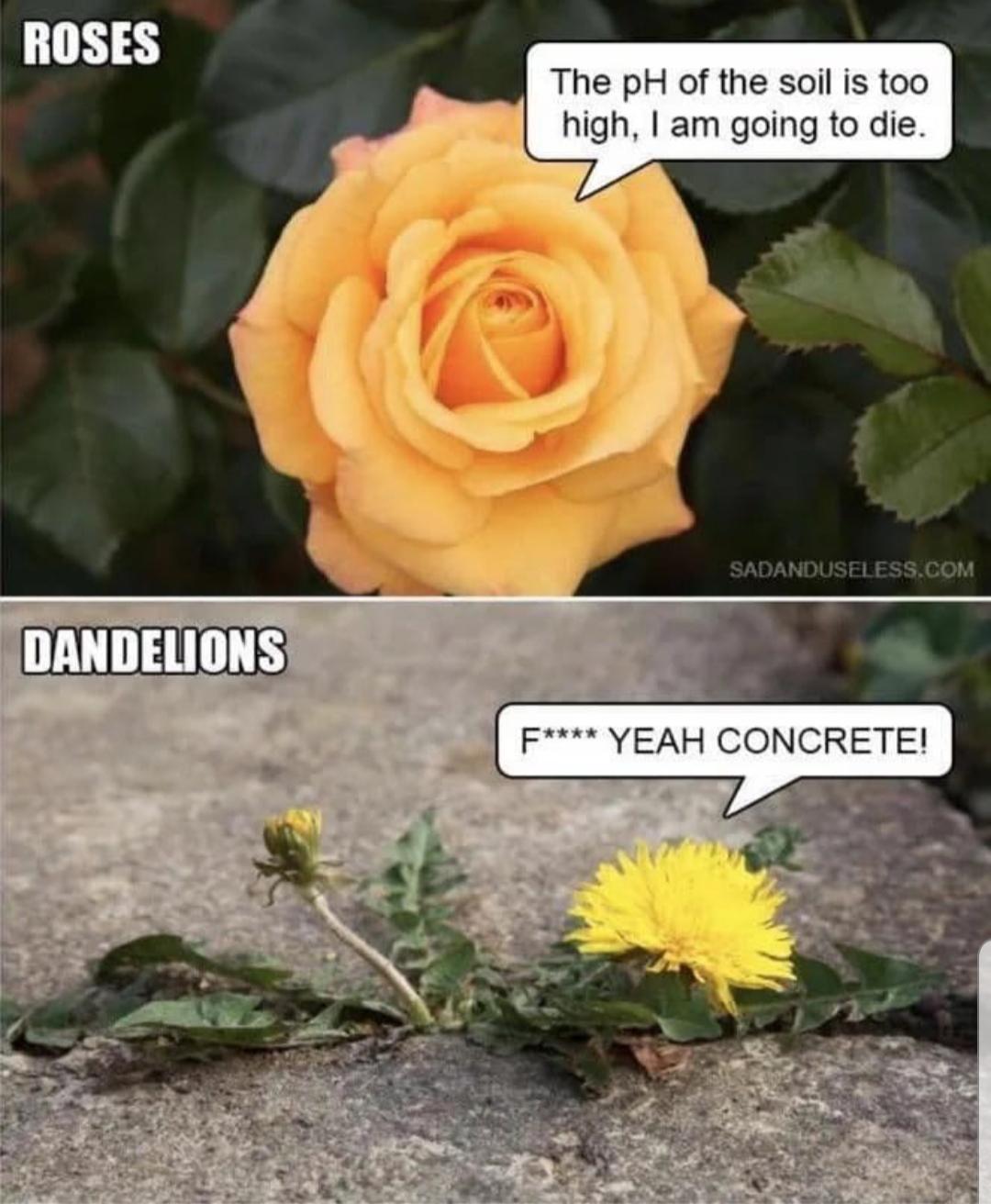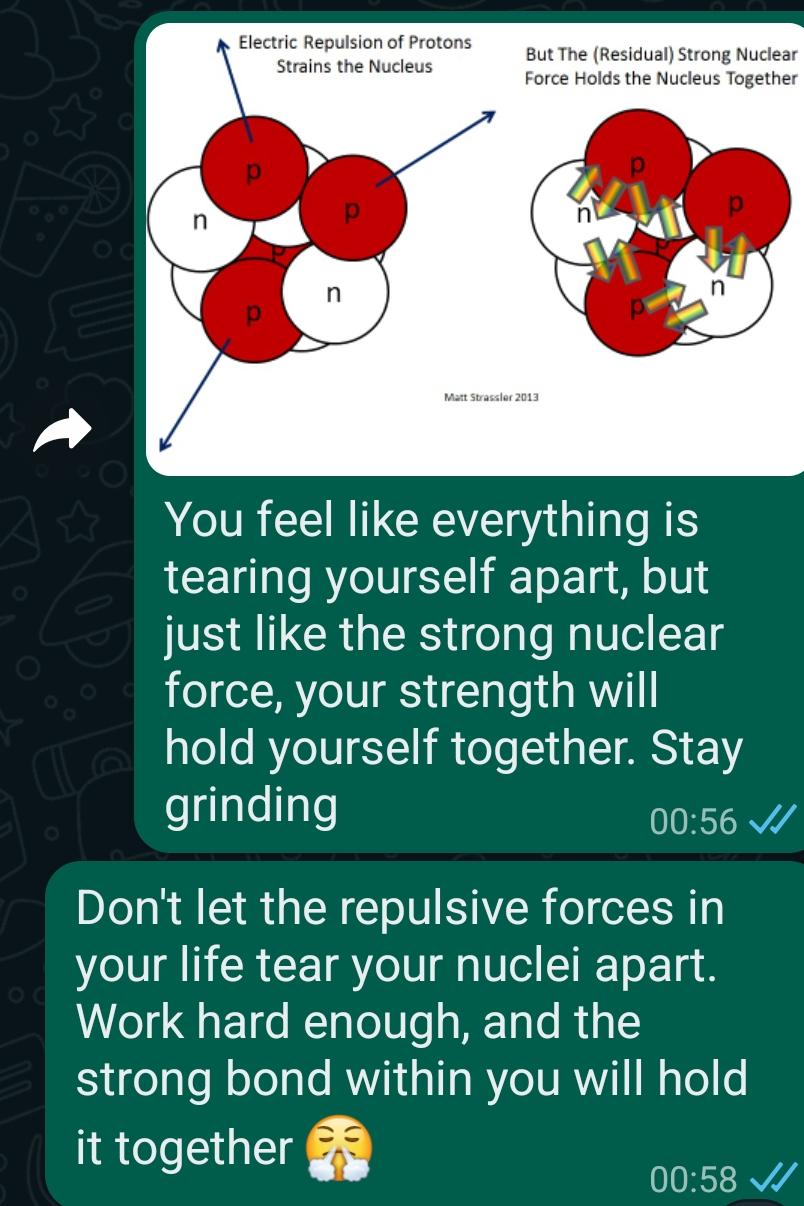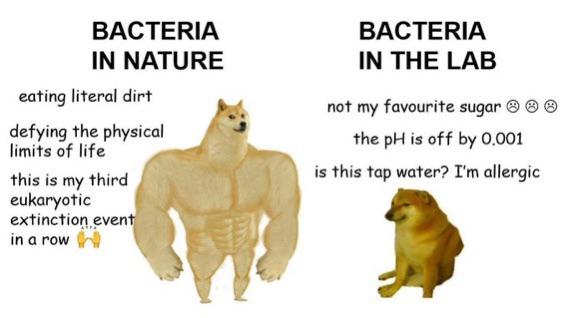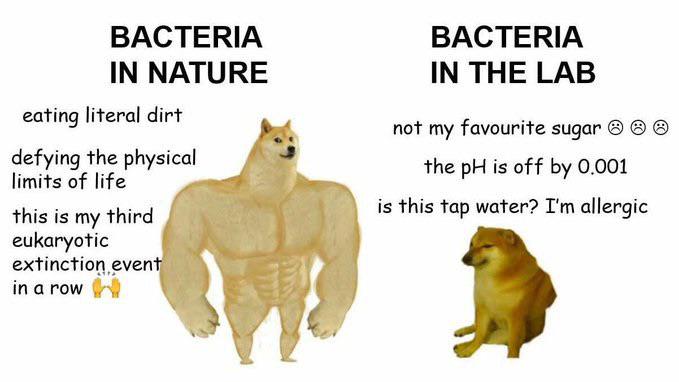Microscopic survival champion right here! Tardigrades (water bears) are basically the Nokia phones of the animal kingdom. While humans need a spacesuit to survive for minutes in space, these little dudes casually endured 10 days in orbit exposed to vacuum and radiation, then came back like "what's the big deal?" They can survive being frozen to near absolute zero, heated to 300°F, dehydrated for decades, and high radiation that would turn us into puddles. Their secret? They enter a state called cryptobiosis where they replace water in their cells with special proteins and basically become indestructible. Nature's ultimate flex against mortality.


 Academia
Academia
 Ai
Ai
 Astronomy
Astronomy
 Biology
Biology
 Chemistry
Chemistry
 Climate
Climate
 Conspiracy
Conspiracy
 Earth-science
Earth-science
 Engineering
Engineering
 Evolution
Evolution
 Geology
Geology

